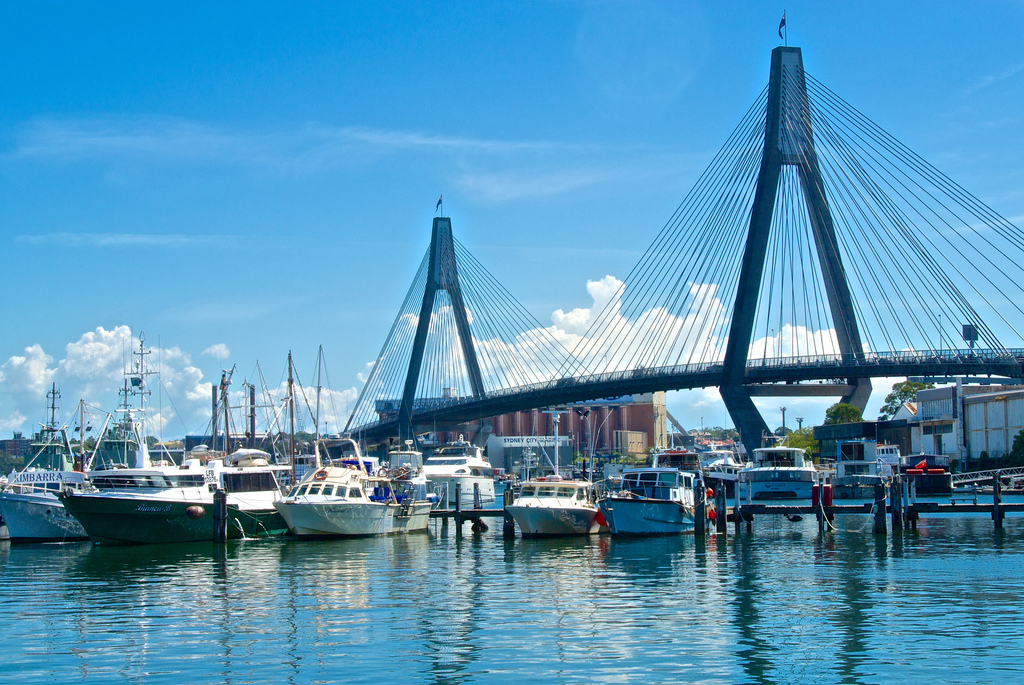
This article first appeared in the April/May 2014 edition of Government News.
Getting the government to borrow more money is badly on the nose in federal politics. But, if you believe a new expert report by leading researchers that’s backed by engineers, what your average council really needs to do is take a dive into the red to actually deliver for their communities.
They have a point. For a nation obsessed with real estate investment and second mortgages, councils now increasingly live hand to mouth as slaves to expedient political fashion. Rhetoric that governments and communities ‘must live within their means’ is now close to hysteria. There are challenges.
Yet somehow Australia’s comparatively low government debt levels are a source of envy overseas. The Australian Centre of Excellence for Local Government (ACELG) has thankfully poked a needle into ballooning hype on borrowing and urged councils to take a hard-headed look at debt funding and external finance as a way to clear yawning infrastructure backlogs.
Council professionals that have to maintain roads, bridges and community assets amidst cost-shifting and heightened ratepayer expectations should be cheering. Why? Banks and institutional investors see governments (in Australia) as a pretty safe bet in terms of credit risk because it’s quite difficult for government to go out of business.
Dubbed ‘Debt is Not a Dirty Word: The Role and Use of Debt in Local Government’ the ACELG think-piece was prepared by expert John Comrie and supported by consortium partner, the Institute of Public Works Engineering Australasia (IPWEA). Leveraging councils’ good financial standing isn’t rocket science.
Mr Comrie says this: “The local government sector in all Australian jurisdictions has extraordinarily low levels of debt relative to the security and the level of its income base and the nature of its service responsibilities. On average councils have more money in the bank than they have debt.”
A key problem governments need to tackle directly is that unless a new source of external funding for infrastructure miraculously appears – like big grants from state or federal governments – it becomes financially impossible to renew assets and infrastructure without hitting ratepayers.
Mr Comrie nails the issue when he says that the “under-use of debt will therefore result in inter-generational inequity in service provision and charging decisions, [and] an inability to accommodate needs and preferences for new capital works and asset renewal.”
His report also argues local government “debt levels should not be ‘as low as possible’ in an absolute sense but should instead be as low as possible relative to what is needed by a council in order to provide affordable, preferred service levels on an ongoing basis whilst maintaining inter-generationally-equitable rating and charging decisions.”
Chris Champion, the chief executive of the Institute of Public Works and Engineering Australasia worked closely in developing the paper. He says his members are “keenly aware of the factors that can impact upon well-developed and financially sustainable strategic, asset management and long-term financial plans”.
It’s true that IPWEA has a professional interest in supporting the research – and so it should, Australia needs more engineers, not fewer. Nor does their support diminish the fact that infrastructure renewal has been badly neglected to the nation’s economic detriment. But the big immediate challenge is creating a cultural shift so that there’s a tangible awareness of the positive role infrastructure debt can play.
Mr Comrie encourages peak bodies to start to agitate smartly. That’s fine, but banks and superannuation funds also need to start to apply subtle and overt pressure to the beancounters and their masters if they want wealth to continue to be generated. A good start would be backing the “Debt is Not a Dirty Word” report, followed by some judicious public challenges to the prevailing rhetoric of the day. It’s time to build some bridges.
Comment below to have your say on this story.
If you have a news story or tip-off, get in touch at editorial@governmentnews.com.au.
Sign up to the Government News newsletter

